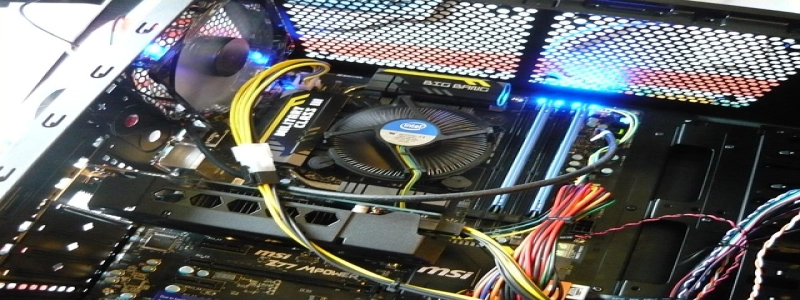Modbus vs Ethernet
Introduction:
Modbus and Ethernet are two widely used communication protocols in the field of industrial automation. Each protocol has its own set of advantages and limitations. Dans cet article, we will compare and contrast the features, performance, and applications of Modbus and Ethernet.
je. Modbus:
1.1 What is Modbus?
Modbus is a serial communication protocol developed in the late 1970s. It is widely used in industrial applications for connecting devices such as programmable logic controllers (Automates), capteurs, and other industrial control systems.
1.2 Features of Modbus:
– Simple and straightforward protocol.
– Supports both serial (RS-232/RS-485) and Ethernet (Modbus TCP) interfaces.
– Provides communication via master-slave architecture.
– Supports different function codes for various types of data exchange.
– Provides error checking and exception handling mechanisms.
1.3 Advantages of Modbus:
– Easy implementation and configuration.
– Low hardware and software costs.
– Suitable for applications with a limited number of devices and low bandwidth requirements.
– Offers good interoperability between devices from multiple manufacturers.
– Supports long-distance communication using RS-485 interface.
1.4 Limitations of Modbus:
– Limited data size (up to 255 bytes per message).
– Relatively slower data transfer rates compared to Ethernet.
– Vulnerable to noise interference in serial communication.
II. Ethernet:
2.1 What is Ethernet?
Ethernet is a widely adopted communication standard used in both industrial and commercial sectors. It provides a fast and reliable means of connecting devices over a local area network (réseau local) or wide area network (WAN).
2.2 Features of Ethernet:
– Based on the IEEE 802.3 standard.
– Supports various physical interfaces such as twisted pair, fiber optic, and wireless.
– Provides communication using the TCP/IP protocol suite.
– Offers high data transfer rates and low latency.
– Supports full-duplex and half-duplex communication modes.
2.3 Advantages of Ethernet:
– High data transfer rates (up to several gigabits per second).
– Scalable architecture suitable for large-scale industrial applications.
– Can handle a large number of devices simultaneously.
– Offers advanced functionalities such as multicast and broadcast communication.
– Provides seamless integration with existing IT infrastructure.
2.4 Limitations of Ethernet:
– Higher hardware and software costs compared to Modbus.
– Requires more complex configuration and setup.
– Limited distance coverage (100 meters for standard Ethernet).
– Susceptible to network congestion and packet collisions in high-traffic environments.
Conclusion:
En résumé, Modbus and Ethernet are both widely used communication protocols in industrial automation, each with its own strengths and weaknesses. Modbus is a simple and cost-effective solution suitable for smaller-scale applications with limited data transfer requirements. D'autre part, Ethernet provides higher data transfer rates and scalability, making it ideal for large-scale industrial networks. The choice between Modbus and Ethernet depends on the specific requirements, budget, and complexity of the industrial automation system.








